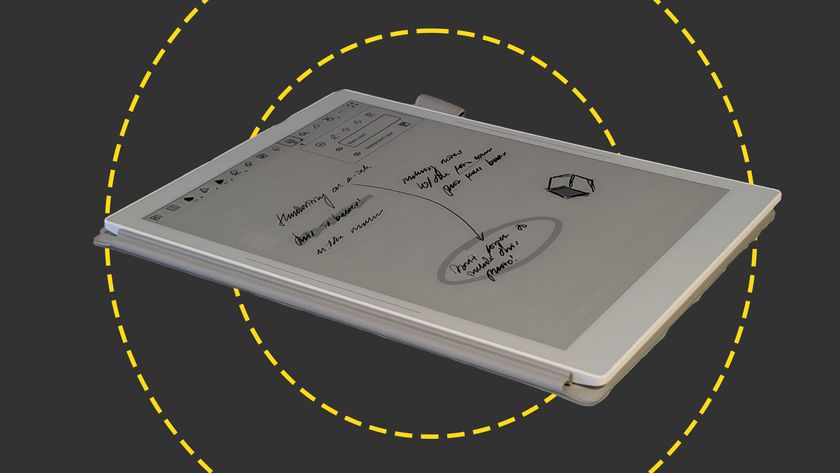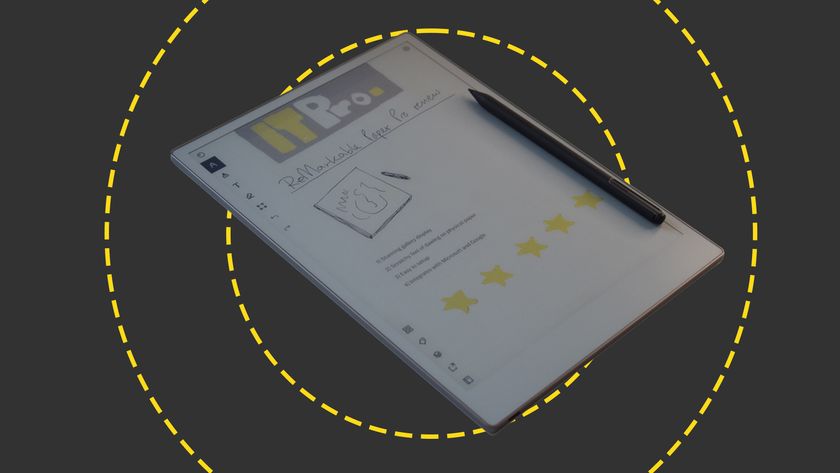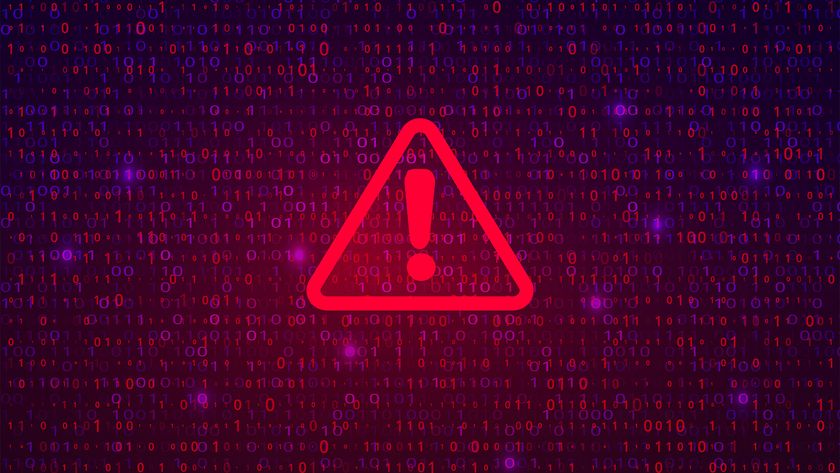Education: from the slate to the tablet
Education has changed immeasurably over the past 100 years. We chart how modern technology has revolutionised the way we learn
The turn of the century
The Microelectonics Education Programme was followed in 1992 by the first Tesco Computers for Schools programme, which saw a greater number of computers, particularly Acorn Archimedes machines, brought into schools.
The computing revolution in UK schools can be traced back to the use of BBC Micros in the 1980s.
The Acorns were fairly swiftly replaced by Microsoft computers, which helped introduce software like the company's Encarta encyclopaedia to the classroom.
Increasingly, students could use computers to carry out research and analysis more quickly, or experiment with new ways of developing creative and artistic projects.
By the end of the 20th Century, the vast majority of schools around the country had gone from having the odd computer in classrooms or the library to at least one computer room, with PCs connected initially to intranets then, eventually, the internet.
This opened up new routes of independent learning by broadening the amount of information children had access to and how quickly they could find it.
The new millennium
Get the ITPro. daily newsletter
Sign up today and you will receive a free copy of our Focus Report 2025 - the leading guidance on AI, cybersecurity and other IT challenges as per 700+ senior executives
For the first decade of the 21st Century, the type of tech being used in schools didn't change that dramatically. However, gradually, the way in which it was used did.
Instead of computers being considered remote objects used either as an information point to be accessed independently for homework or projects, or as part of ICT lessons, they started to come into the classroom for use in presentations and as teaching aids.
Students and teachers using programmes like PowerPoint as part of a presentation to the class became a more common sight, steadily taking over from transparencies on overhead projectors.
Similarly, shared televisions with VCRs that were wheeled from classroom to classroom were gradually replaced by internet-hosted videos from services like YouTube becoming the audio-visual tool of choice.
However, as Demetra Katsifli, senior director of Industry International Management at Blackboard explains, the transition to this point wasn't wholly a smooth one.
"While we first started to see computer assisted learning 50 years ago, for it to become mainstream was a gradual process stretching from the 1960s to the 2000s," she says.
"It's really in the last 15 years that we've seen it be accepted in education, and even then it was used more in colleges and universities at first than in schools," she adds.
This acceptance has included the introduction of tools like Interactive Whiteboardsinto the classroom, which can provide a more interactive, web enabled learning experience.

Jane McCallion is ITPro's Managing Editor, specializing in data centers and enterprise IT infrastructure. Before becoming Managing Editor, she held the role of Deputy Editor and, prior to that, Features Editor, managing a pool of freelance and internal writers, while continuing to specialize in enterprise IT infrastructure, and business strategy.
Prior to joining ITPro, Jane was a freelance business journalist writing as both Jane McCallion and Jane Bordenave for titles such as European CEO, World Finance, and Business Excellence Magazine.
















